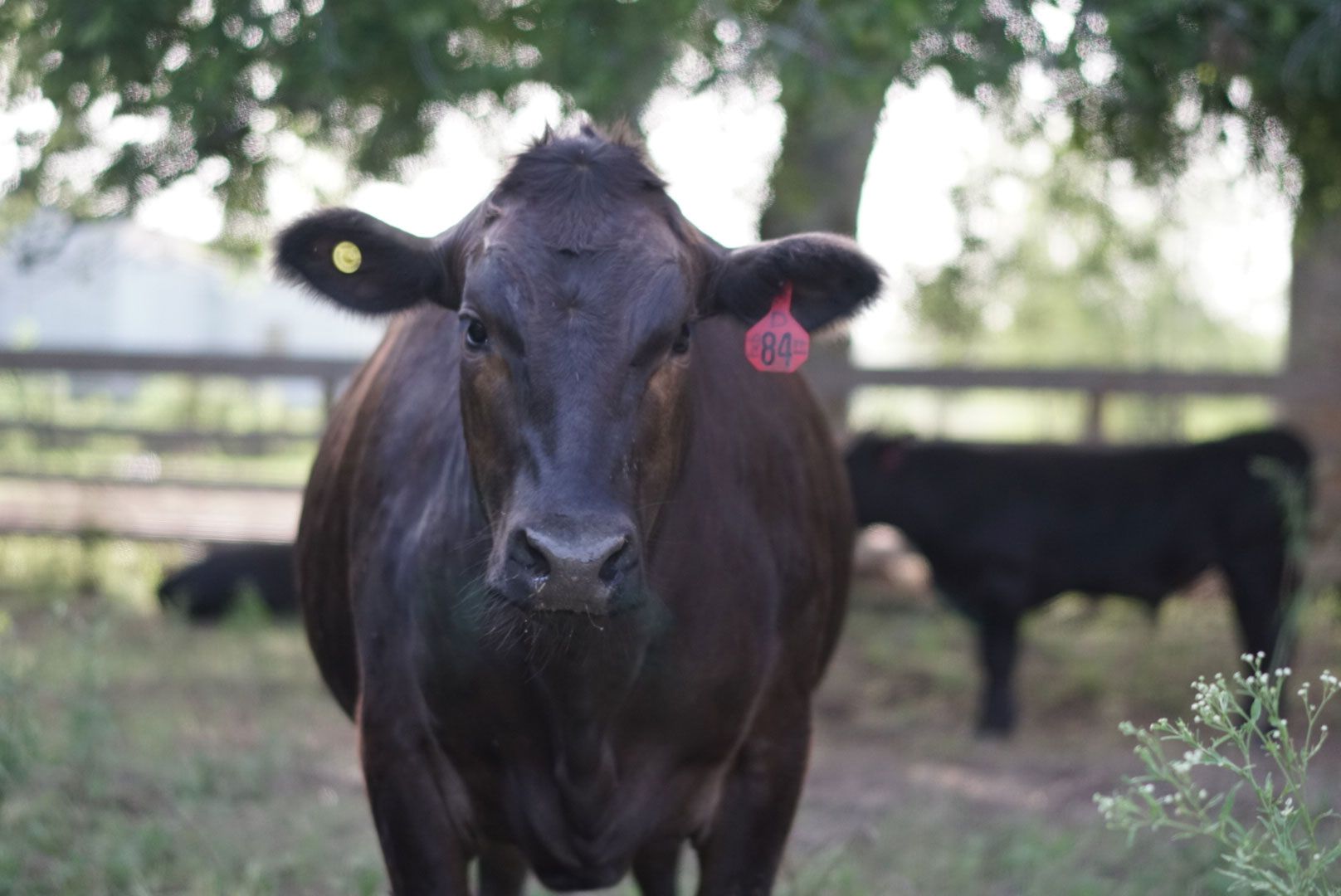The History of Wagyu Beef in America
Wagyu beef is known for its intricate flavoring and dense marbling, which is what makes Japan so proud to call Wagyu one of its most prized cuisines. Originating in Japan almost 35000 years ago, wagyu beef has only recently made its way to the west - its popularity skyrocketing among meat lovers. For Americans, it all started in 1975 when two black bulls and two red bull were imported.
Then in 1997, the Japanese government enacted an export ban on Wagyu cattle - claiming it as a national treasure. The result - less than 200 head of cattle were exported during this time. According to The American Wagyu Association, it is estimated that there are less than 30,000 cattle in the US today. Although this ban was a hindrance to the spread of Wagyu back in the 90s, it has promoted the rarity of this breed that we see today.

During 2003, many US chefs were awe-struck by the superior quality of Wagyu beef and because of its distinctive flavoring it is now found in many popular high-end restaurants. Below you can see a comparison picture of Wagyu Beef vs. USDA prime.
Wagyu Ribeye

USDA Prime Ribeye

From these pictures you can see that wagyu beef has significantly more marbling (white intramuscular tissue between the red meat) compared to regular USDA prime meat. You can read more about marbling and why it is so sought after in the beef industry in our marbling blog - link below.
Because of the history of how Wagyu started in America, it is important to pay attention to the labeling and actual percentage of wagyu genetics cattle have. Since American Wagyu cattle were initially crossbred - often times with angus - it created a gradient that ranges from 50%-100% Wagyu genetics in cattle. Through generations of cross breading, American have been able to attain cattle that are genetically fullblooded wagyu, inheriting a higher density of marbling throughout.
